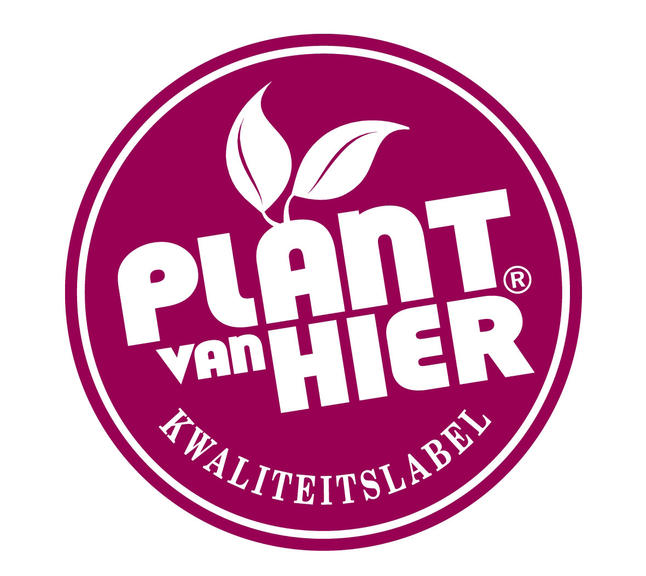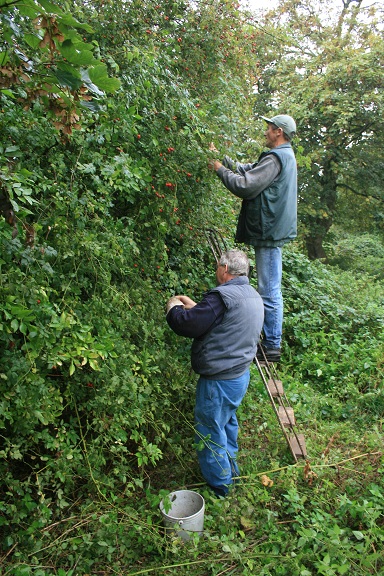RDP project database
A Future for Indigenous Trees and Shrubs
Summary
Regional organisations in Flanders combined to protect sites which still support indigenous plants and trees. Seedlings were grown and marketed to encourage the use of indigenous species as an alternative to imported plants.
Background
There is a growing and justified concern about the decline of native fauna and flora. This has received more visibility in the run-up to 2010. Very significant, but less widely appreciated is the fact that in Belgium only 5% of greenery (green coverage) consists of native species of trees and shrubs. Native oak trees, hazels and hornbeams are threatened with extinction.
Objective
The overall aim of the project was to protect biodiversity by slowing or even reversing the decline of the incidence of native plants. The specific objectives were to (i) protect the places where indigenous plants still grow and thrive, and (ii) encourage more widespread plantiong of native species.
Main activities
The three Limburg 'regional landscapes' joined forces to protect the places where indigenopuis plants still grow and thrive. The main activities were: (i) planting and growing of indigenous plants at specifically targeted sites; (ii) harvesting seeds, and (iii) most importantly of all - marketing the precious seedlings to allow everyone to buy and grow them. An 'indigenous plant quality label' was developed and is used to strengthen marketing and the idea of regional identity of flora.
Results & Benefits
The direct results have been an increase in the availability of indigenous seeds (for further use) which in the longer term will lead to a higher proportion of 'native greenery' in the landscape of Flanders. Secondary benefits include (i) the maintenance of places suitable for indigenous plant species; (ii) maintenance of the environment for indigenous fauna (iii) a modest promotion of regional identity and, in the longer term; (iv) a positive contribution to biodiversity.
Lessons learnt
A key element of project success has been intensive cooperation between three 'regional landscape organisations' (Haspengouw and Voeren, Lage Kempen and Kempen and Maasland), and other public and NGO bodies (Nature and Forest Agencies, Limburg environmental associations, Limburg social economy workshops and the Flemish Land Agency). A second key element of project success has been the use of the 'indigenous plant quality label'.
Project location and other information
Flanders
Region
Prov. Limburg (B)
RDP Territory
Flanders
Total project cost (€)
565 800
Contact name
Regionaal Landschap Haspengouw en Voeren, Daaleindestraat 2, 3720 Kortessem, Belgium,
Languages for contact
English, Dutch
Document attachment
At a glance
Country
Belgium
Final beneficiary type
Non-farm or non-forest entreprises, Public/local authorities, Non-governmental organisations
Budget range
> €500 000
Start date:
01/03/2007
End Date:
01/03/2010
Theme / Measure:
• Rural Quality of Life & Economic Diversification
• Improving quality of life in rural areas
• 323. Conservation and upgrading of the rural heritage
Keywords:
Quality labels, Awareness raising, Biodiversity, Indigenous species, Sustainable development
Last update
23/02/2012








